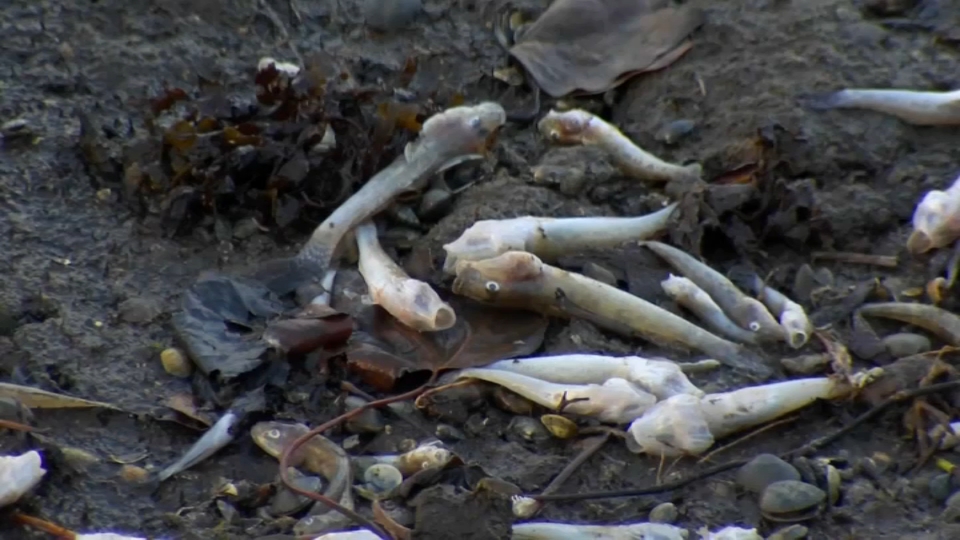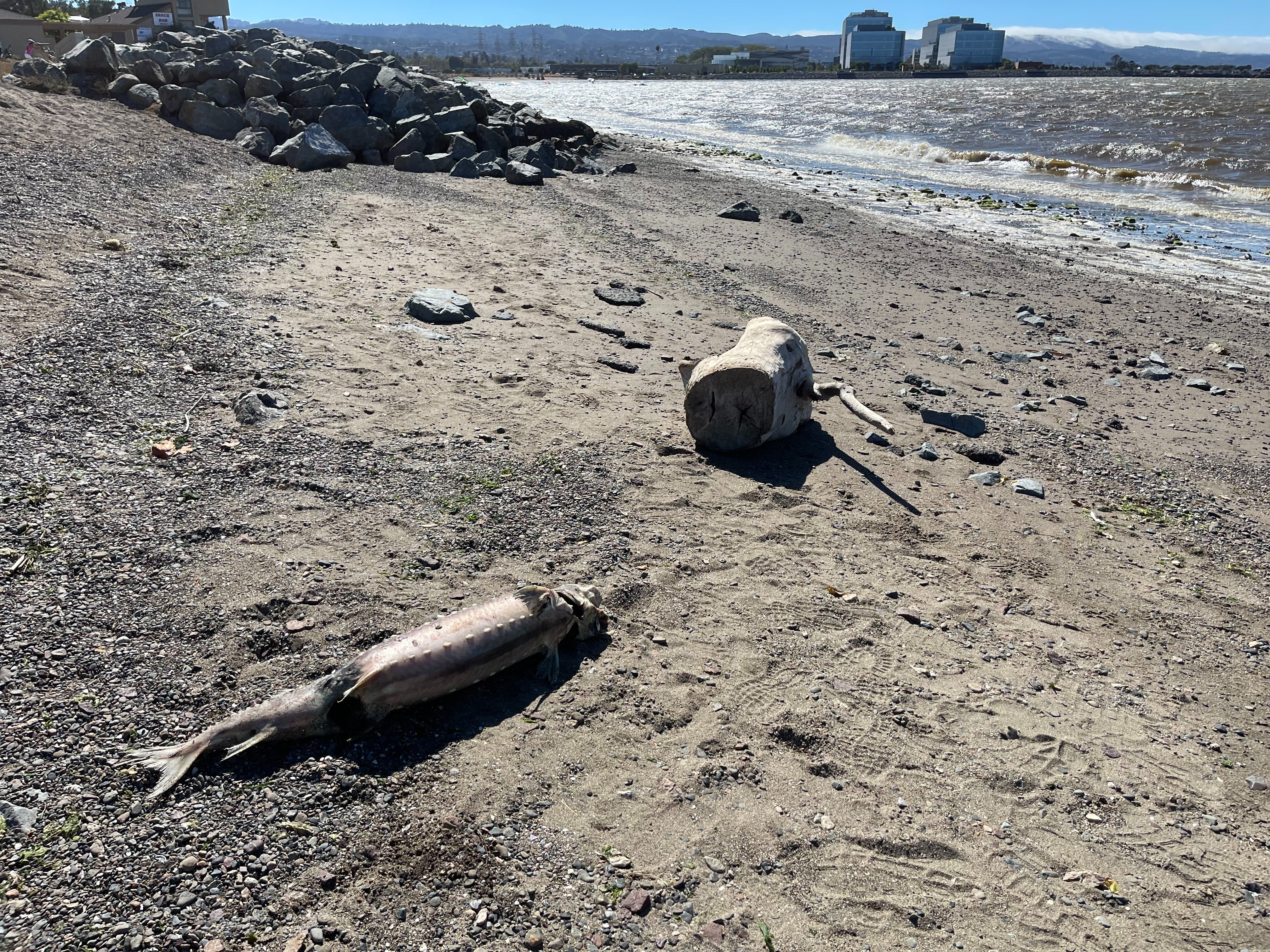Crews were out Wednesday morning along the shores of Oakland's Lake Merritt cleaning up dead fish that have died off in large numbers, a spokesperson for the city's Public Works Department said.
Crews were out working just before 10 a.m. at East 18th Street and Lakeshore Avenue. They will be trying to cover the circumference of the lake Wednesday.
With hot weather forecasted for the rest of the week, city officials want to abate the public nuisance and odor by the lake, public works spokesperson Sean Maher said. The fish die-off is affecting not only Lake Merritt but San Francisco Bay, too.
"This is part of a regional issue," Maher said.
Get a weekly recap of the latest San Francisco Bay Area housing news. Sign up for NBC Bay Area’s Housing Deconstructed newsletter.
The die-off of fish and other wildlife started Sunday, public works officials said, and they do not believe it is due to overflows of sewage into the lake.
Harmful algal blooms were detected in the lake in May, and according to the U.S. Environmental Protection Agency, can cause fish to die. Some blooms can be harmful to humans. This one is not but can cause eye and skin irritations.
Still, city officials posted signs warning the public to keep children and pets away from the scum, algae and water in Lake Merritt.
This bloom is being caused by a swimming red marine algae of the species heterosigma akashiwo, which has also been seen around the Dumbarton Bridge, the Alameda Estuary, as well as around Oyster Point, Baywinds Park in Foster City, Hayward, Keller Beach, Point Molate, and Sausalito.
The bloom may last a couple of weeks, Eileen White, executive director of the San Francisco Bay Regional Water Quality Control Board, said Monday.
It was first seen in July in the Oakland/Alameda area and may be impacting dissolved oxygen concentrations in the water.
It's unclear how many fish have died in Lake Merritt and elsewhere. Maher said he would have a count later in the day.
White said the bloom in the South Bay is the densest in more than 40 years.
Oakland officials said that in general, increased nutrients like phosphorus and nitrogen from fertilizer and human and animal waste, stagnant water, low water flows, intense and long-lasting sunlight and continued hot temperatures can cause the harmful blooms. Research suggests climate change is a catalyst for the blooms, but White said local environmental officials are not sure.
The public can help by keeping food waste out of the lake and by limiting lawn irrigation to prevent excessive runoff into the lake, Oakland officials said.
No one has banned eating fish from San Francisco Bay but mussels along the California coast are off limits.
Algae are naturally occurring lake organisms, which Oakland skims off most summers. The red algae has previously been detected in San Francisco Bay, "but not to this level," said Jenna Rinde, senior environmental scientist with the California Department of Fish and Wildlife.
State information about harmful blooms can be found here and a map of nearby blooms can be found through a link on the same page.



